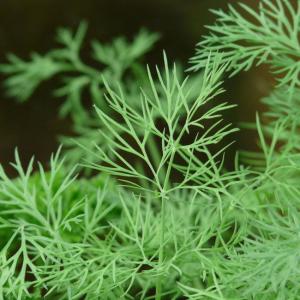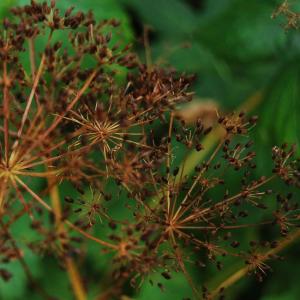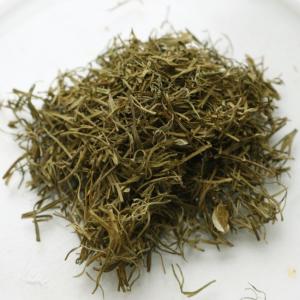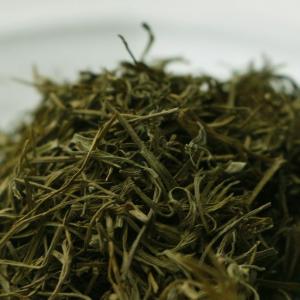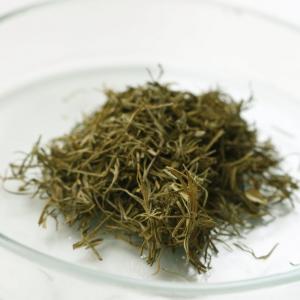
DILL (ANETHUM GRAVEOLENS) - PLANTS

BASE / GENERAL DATA
Information submited: February 1, 2018 By: OperaDreamhouse
Dill, scientifically known as Anethum Graveolens, has been used for culinary and medicinal purposes for hundreds of years. Both its seeds and the leaves can be used. Apart from giving a strong, tangy, appetizing flavor and taste, it has many medicinal properties, which mainly come from certain compounds called monoterpenes, as well as flavonoids, minerals and certain amino acids.
Depends on where it lives, Dill, has so many names. The Dill has tangy and strong flavor, which is hence makes it very familiar in culinary. The tree of Dill can be perennial or annual herb which needs lots of direct sun lights, humid and warm temperature to grow normally.
Depends on where it lives, Dill, has so many names. The Dill has tangy and strong flavor, which is hence makes it very familiar in culinary. The tree of Dill can be perennial or annual herb which needs lots of direct sun lights, humid and warm temperature to grow normally.

SPIRITUAL PRACTISES DATA

MEDICINE / HEALTH DATA
Information submited: February 1, 2018 By: OperaDreamhouse
The health benefits of Dill include its ability to boost digestion, as well as provide relief from insomnia, hiccups, diarrhea, dysentery, menstrual disorders, respiratory disorders, and various types of cancers.
It is also good for oral care and can be a powerful boost for your immune system. It can also protect you from bone degradation. It is also an anti-inflammatory substance, which means that it can protect you against arthritis.
The health benefits of Dill are derived from its organic compounds, Vitamins, and minerals. These include powerful monoterpenes like limonene, carvone, and anethofuran, as well as flavonoids like vicenin and kaempferol.
The health benefits of Dill are derived from its organic compounds, Vitamins, and minerals. These include powerful monoterpenes like limonene, carvone, and anethofuran, as well as flavonoids like vicenin and kaempferol.
As for vitamins and minerals, it has a significant amount of Vitamin A and C, as well as trace amounts of folate, iron, and manganese.
Both the leaves and the flowers of Dill are filled with nutrients and vital medicinal compounds. Fresh leaves of anethum graveolens contain Vitamins such as Vitamin A, B1, B2, B3, B5, B9, B12 and Vitamin C.
Both the leaves and the flowers of Dill are filled with nutrients and vital medicinal compounds. Fresh leaves of anethum graveolens contain Vitamins such as Vitamin A, B1, B2, B3, B5, B9, B12 and Vitamin C.
In addition to this, it is also a good resource of fiber, calcium, potassium, iron, sodium, manganese, and copper.

BEAUTY / COSMETICS DATA

FOOD / COOKING DATA
Information submited: February 1, 2018 By: OperaDreamhouse
Due to the strong aroma of its leaves, Dill is used to flavor a number of dishes such as soup, pickles, and fish dishes. The dried leaves are used as herb and the seeds of the plant are used as spice and to extract essential oil.
COMMENTS
No comments.


